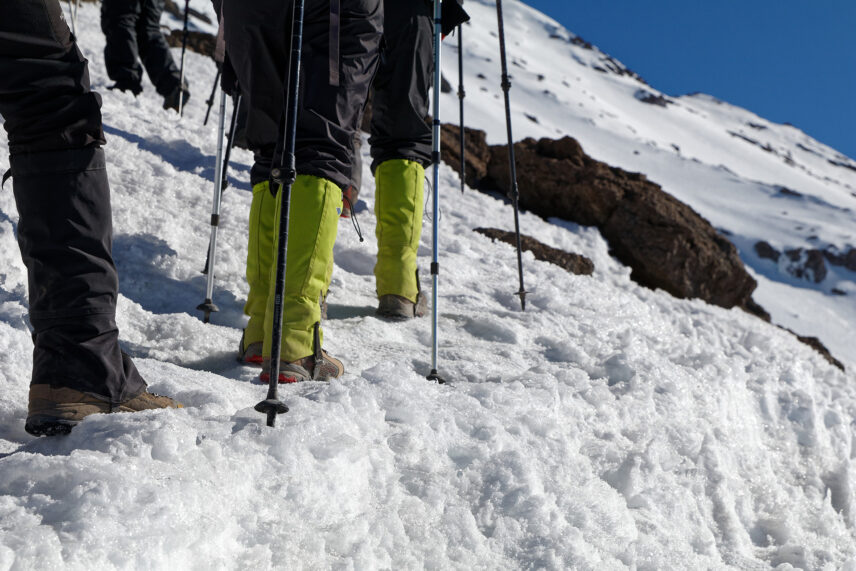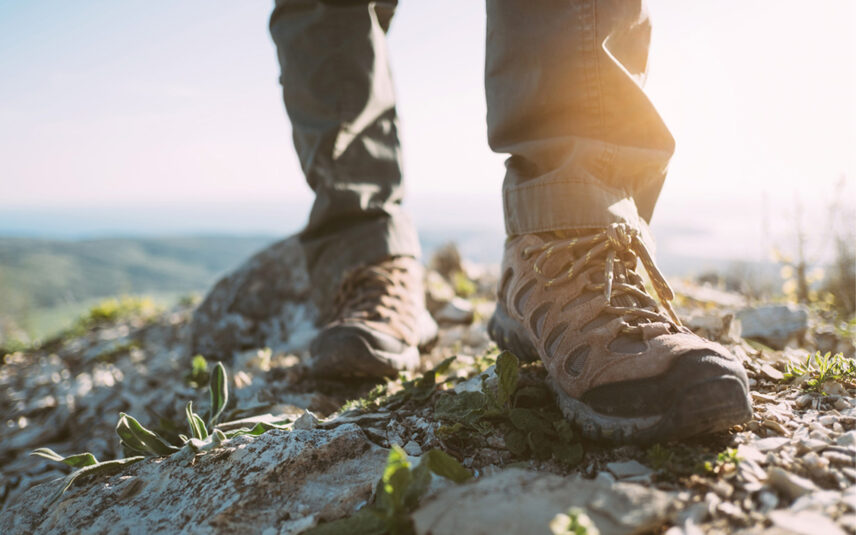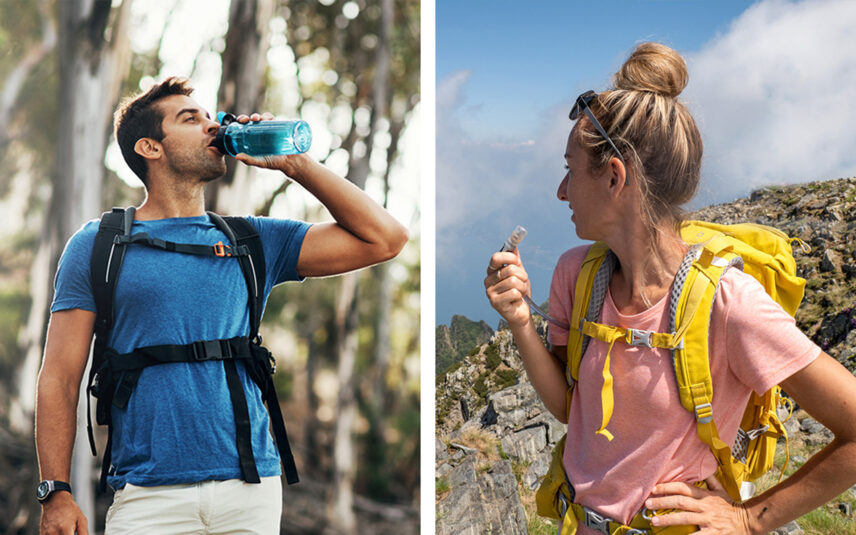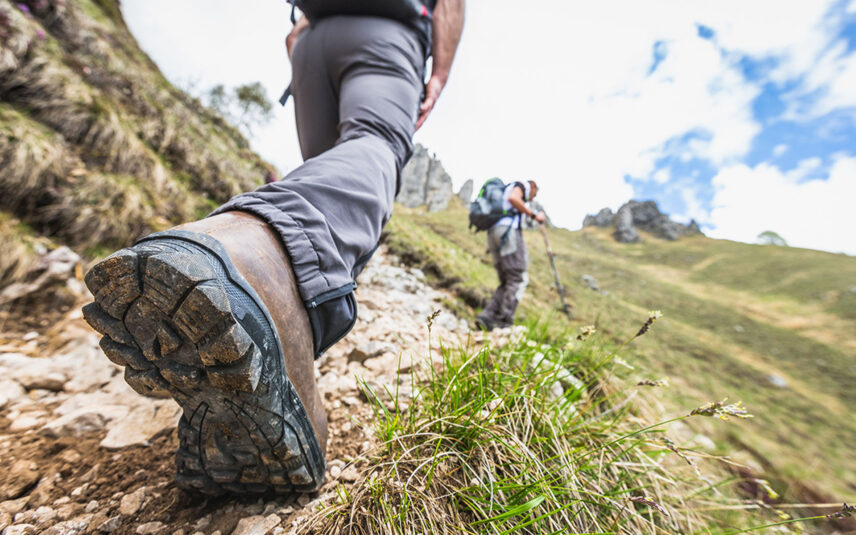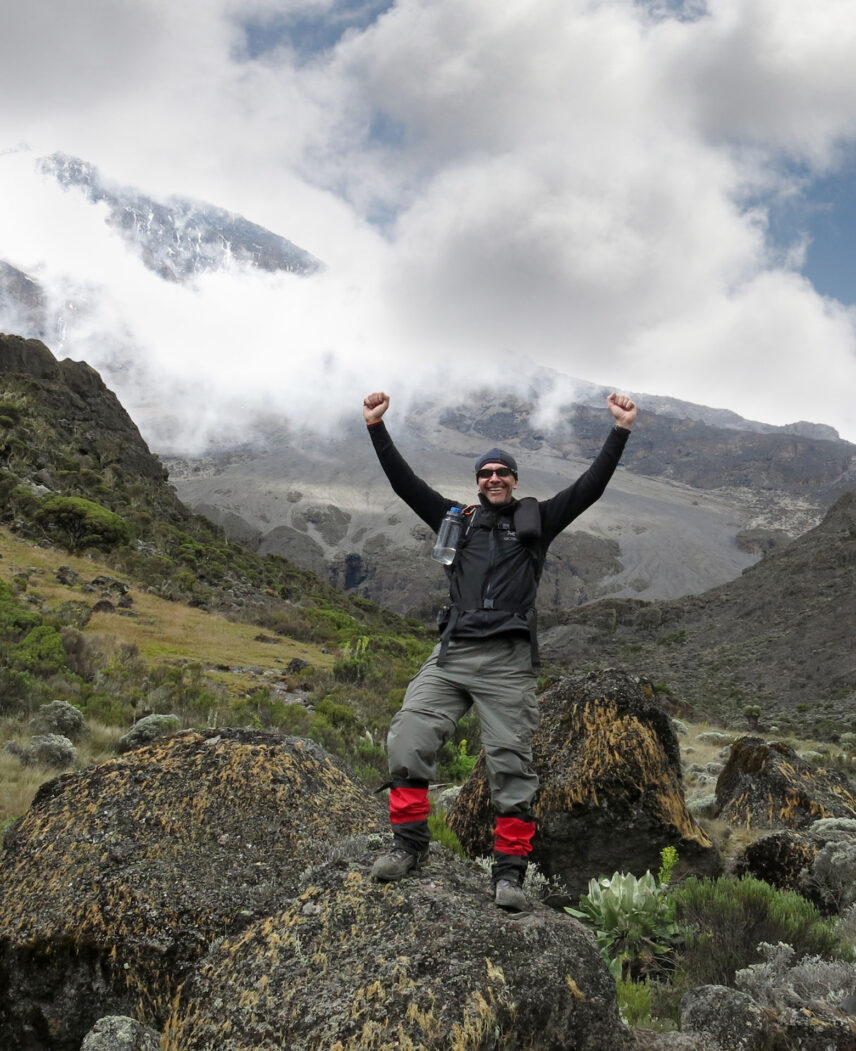
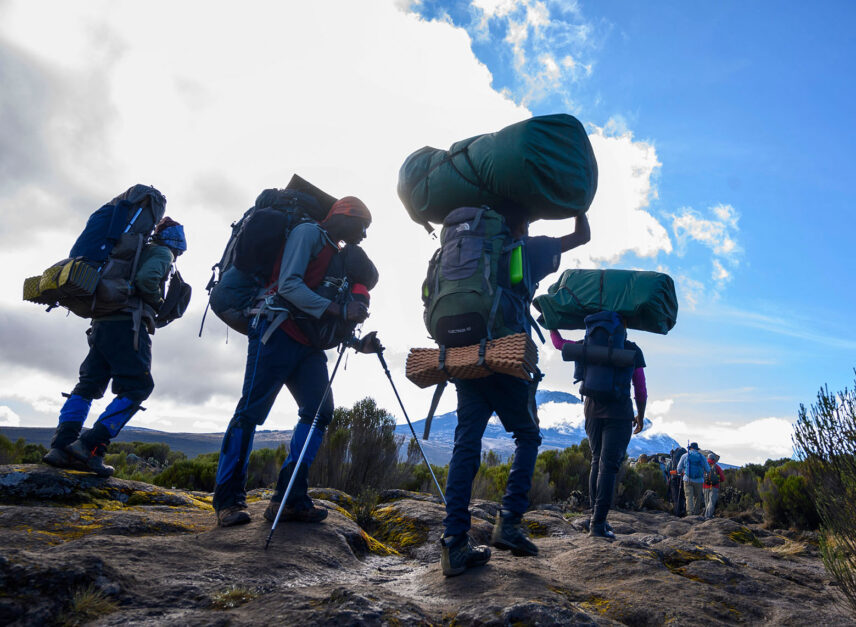
Set Yourself Up for Success
Ensure you’re fully prepared for the adventure ahead. With a strict weight limit of 33 pounds per bag (26 pounds on the Machame Route) and unpredictable weather conditions ranging from 0° to 90°F, it’s essential to pack strategically. Trekkers are allowed one soft-sided duffel and a daypack, so every item counts. To keep your gear organized and protected, pack multiple sizes of stuff sacks for dirty clothes and waterproof your bags with a full-body shell layer for wet conditions.
Tips for Your Carry-On
Your carry-on contains everything needed for day one of your trek, including hiking boots (wear them on the plane), a base layer, rain gear, water bottles, sunscreen, medications, and a full clothing layer. Use your daypack as your carry-on to stay organized.
Tips for Your Duffel
For your main duffel, weigh all items beforehand and exclude the weight of gear you’ll carry daily, like boots and trekking poles, to stay within the trek’s weight limit. Prioritize essentials over non-essentials, as cell service is unreliable and charging electronics is not an option on the mountain.
Layer Up
Layering is essential for tackling Kilimanjaro’s varied conditions. A base layer, made of merino wool or synthetic materials, wicks moisture; you’ll want a lightweight one for the warm rainforest zones as well as medium and heavyweight options for colder altitudes. Fleece mid layers offer insulation; again, bring both lightweight and heavier, wind-resistant options. Choose a 550-fill or higher down parka and a waterproof rain shell for your outer layers to protect against Kilimanjaro’s extreme cold, wind, and unpredictable rain.
Choose the Right Hiking Boots
Your boots are the most critical piece of gear for climbing Kilimanjaro. Look for waterproof, breathable boots with excellent ankle support, good traction, and a comfortable fit. High cuffs provide stability on rugged terrain, while deeper lugs help with icy areas. Ensure the fit allows space for your toes and prevents your heel from lifting to avoid discomfort and blisters. Most importantly, you’ll want to break your boots in well before your trip by hiking and walking in them to ensure they’re trail-ready and reliable for the journey ahead.
